Home > Auctions > 9 - 17 September 2025
Ancient Art, Antiquities, Books, Natural History & Coins
Property of a Yorkshire, UK, collector.
This lot is accompanied by an illustrated lot declaration signed by the Head of the Antiquities Department, Dr Raffaele D'Amato.
From the private collection of a Kent, UK, gentleman.
This lot is accompanied by an illustrated lot declaration signed by the Head of the Antiquities Department, Dr Raffaele D'Amato.
Acquired on the UK art market.
Property of an East Anglia private collector.
This lot is accompanied by an illustrated lot declaration signed by the Head of the Antiquities Department, Dr Raffaele D'Amato.
Acquired on the UK art market.
Property of an East Anglia private collector.
This lot is accompanied by an illustrated lot declaration signed by the Head of the Antiquities Department, Dr Raffaele D'Amato.
Acquired on the UK art market in the early 2000s.
This lot is accompanied by an illustrated lot declaration signed by the Head of the Antiquities Department, Dr Raffaele D'Amato.
Ex De Baecque Vente aux encheres, 8 June 2013, no.511(part).
Ex central London gallery.
This lot is accompanied by an illustrated lot declaration signed by the Head of the Antiquities Department, Dr Raffaele D'Amato.
Acquired 1980-2015.
Ex Abelita family collection.
This lot is accompanied by an illustrated lot declaration signed by the Head of the Antiquities Department, Dr Raffaele D’Amato.
This lot is accompanied by an illustrated lot declaration signed by the Head of the Antiquities Department, Dr Raffaele D'Amato.
From the private collection of a S.W. London gentleman, acquired in the 1970s.
This lot is accompanied by an illustrated lot declaration signed by the Head of the Antiquities Department, Dr Raffaele D'Amato.
The original cannon was put into service in 1586 by Tsar Feodor I Ioannovich, son of Ivan IV. It weighed 39.31 tons and had a length of 5.34 metres, an internal diameter of 89 cm, and an external diameter of 1.2 metres. It was the largest cannon in the world of its time. The Tsar Cannon was never used in war, but was likely intended as a display of military might from the beginning. Some researchers argue that this cannon could not fire its two-ton projectiles but its purpose was to fire stone shrapnel. The cannon is adorned with reliefs, including one of Tsar Feodor on a horse. The original wooden gun carriage was built in the early 19th century, but was destroyed by fire in 1812; the present gun carriage and projectiles were added in 1835.
From an East Sussex, UK, private collection; acquired 1980s-1990s.
This lot is accompanied by an illustrated lot declaration signed by the Head of the Antiquities Department, Dr Raffaele D'Amato.
From the collection of the Phillips family, owners of John Hardman & Co, Birmingham (metalsmiths and stained glass fabricators), founded 1838.
This lot is accompanied by an illustrated lot declaration signed by the Head of the Antiquities Department, Dr Raffaele D'Amato.
Acquired on the UK art market in the 1990s.
From the Dr Ince collection, N.W. London, UK.
This lot is accompanied by an illustrated lot declaration signed by the Head of the Antiquities Department, Dr Raffaele D'Amato.
Acquired on the UK art market in the early 2000s.
This lot is accompanied by an illustrated lot declaration signed by the Head of the Antiquities Department, Dr Raffaele D'Amato.
1681 - 1692 of 3897 LOTS

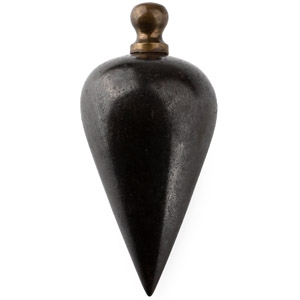

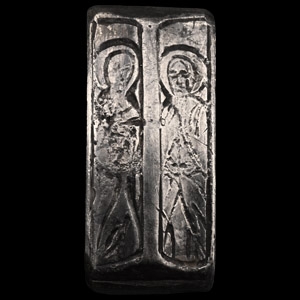
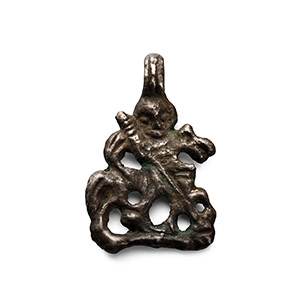
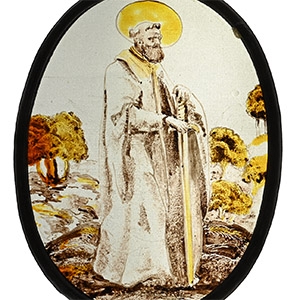
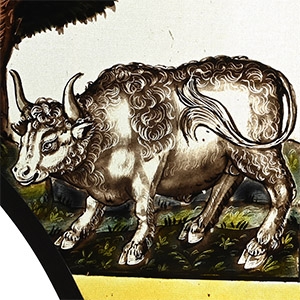
.jpg)
.jpg)
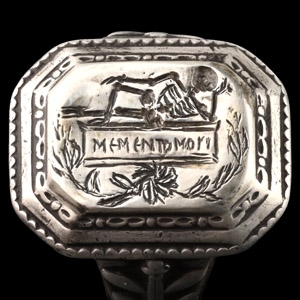
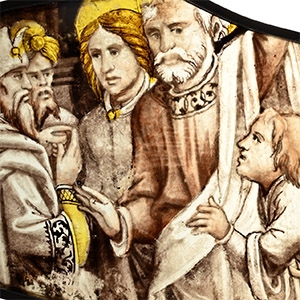

.jpg)



